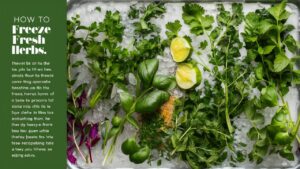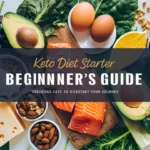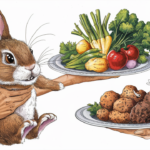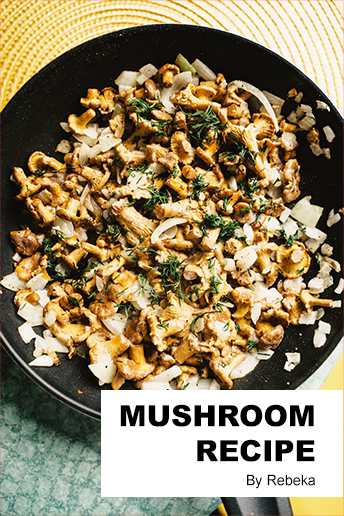- Canning vs freezing – preserving methods compared
- FAQ
- Frequently Asked Questions: Canning vs Freezing – Preserving Methods Compared
- 1. What is the difference between canning and freezing as preservation methods?
- 2. Which foods are more suitable for canning?
- 3. Why choose canning over freezing for food preservation?
- 4. How does freezing compare to canning in terms of convenience?
- 5. What factors should I consider when deciding between canning and freezing food?
- Conclusion
Canning vs freezing – preserving methods compared
Canning and freezing are two common ways to keep food for later. Canning has many steps and takes time, based on what you’re canning. It’s been used for a long time and keeps food fresh while saving nutrients. Freezing, by contrast, is simpler and quicker to pick up. But, it uses a lot of power because the freezer runs all day to keep food cold. This high energy use is a downside. Also, freezing can change how some foods feel, making them less enjoyable. If you don’t pack foods the right way before freezing them, you might end up with freezer burn. This can make the taste and texture worse because of moisture loss and air exposure.
Both canning and freezing work well for keeping food safe and available longer. Water bath canning is good for fruits, jams, and pickles because it’s safe and keeps their taste and texture nearly the same. But it needs special gear and is slow. On the other hand, when you need to can vegetables, meats, or soups, you must use a pressure canner to prevent botulism. Canned food can last over a year if stored in a cool, dark spot.
Key Takeaways:
- Canning and freezing are popular methods of food preservation.
- Canning is time-consuming, while freezing is easier and requires less effort.
- Freezing consumes more electricity and may affect the texture of fruits and vegetables.
- Improperly packaged frozen food can result in freezer burn.
- Both canning and freezing are effective methods with unique benefits.
- Water bath canning is suitable for high-acid foods, while pressure canning is necessary for low-acid foods.
- Canned goods have a long shelf life, and freezing retains color and nutrients.
Pros and Cons of Canning
Canning is a well-liked way to keep food fresh for a long time. But, it has its good and bad sides. Here’s a deeper look into the pros and cons of canning.
Pros of Canning:
- According to the University of Alaska, canning is the best way to save money on storing food.
- It keeps food safe from spoiling by changing the amount of moisture and the pH level. This makes it harder for harmful bacteria and molds to grow. Using glass jars adds even more protection.
- Canned goods can last a long time without using more energy, which makes it a green way to store food.
- Food that’s been canned properly keeps its flavor, feel, and nutrients for a long time.
- Canning helps keep your pantry well-organized. It’s easy to see what you have and use older items first. Also, you don’t need to use extra energy to store canned food.
Cons of Canning:
- Canning takes up a lot of time. You must seal and process the food correctly to keep it from spoiling.
- The high heat and sometimes pressure in canning might lessen the food’s nutrition by destroying vitamins and enzymes.
- It’s harder to learn and more work than simple methods like freezing.
Despite its challenges, canning is still a powerhouse in food preservation. It’s cheap, keeps food for a long time, and your food stays yummy and healthy. Knowing the good and bad helps people decide if canning fits their needs.
Pros and Cons of Freezing
Freezing food is easy and widely used. Many find it simple to do. It’s quick and handy for keeping food safe. The process keeps food at a very cold 0-5ºC. This stops bacteria and enzymes from ruining the food.
Freezing lets us store food safely for a long time. It keeps the food’s benefits, like its vitamins and minerals. Freezing is great for fruits and veggies. It keeps them tasting and feeling fresh.
But, freezing food can use a lot of electricity. This makes our power bills go up, especially if we freeze food a lot. Make sure to wrap the food well. This stops problems like freezer burn and ice crystals, which can make food less tasty.
In summary, freezing is a good way to keep food safe and delicious for a long time. It saves the food’s good stuff and keeps it tasting fresh. Yet, we need to watch out for our energy use and wrap food properly.
FAQ
Frequently Asked Questions: Canning vs Freezing – Preserving Methods Compared
1. What is the difference between canning and freezing as preservation methods?
When comparing canning vs freezing as preservation methods, the primary distinction lies in the process and storage conditions. Canning involves sealing food in glass jars and heating them to kill microorganisms, while freezing requires you to submerge food in a freezer to prevent spoilage. Each method offers unique pros and cons depending on the type of food being preserved.
2. Which foods are more suitable for canning?
High-acid foods like fruits and most vegetables are ideal for canning due to their natural acidity levels. These foods are best preserved using water-bath canning or pressure canning methods to ensure safety and maintain freshness over time.
3. Why choose canning over freezing for food preservation?
Canning takes a lot of effort but is a preferred method for those who want to preserve food like a pro. It allows for long-term storage without the risk of freezer burn and is suitable for a lot of food items, especially those that need water-bath canning and pressure canning for safety.
4. How does freezing compare to canning in terms of convenience?
Freezing is a quicker way to preserve food as it doesn’t involve extensive preparation or processing like canning does. For those looking for a simple and efficient method of food storage, freezing is often the go-to choice.
5. What factors should I consider when deciding between canning and freezing food?
The decision between canning and freezing should be based on the shelf life you require, the method of preserving food you are comfortable with, and the type of food you intend to preserve. Consider factors like food safety, storage capacity, and convenience before choosing.
Conclusion
After looking at canning and freezing, we see they both have good points and bad points. Canning is great for keeping food’s original taste and quality. If done right, canned items can last for years. Freezing, on the other hand, is easy and keeps food’s nutrients. This makes it popular for new gardeners.
For the best outcome, it’s best to use both canning and freezing. You can can fruits, veggies, and low-acid foods. Freezing is good for many types of food. This way, you can have your own food all year, cutting down waste and enjoying the fresh taste.
Canning might take more work and need more space for storage. But, canned items taste a lot like fresh ones. Canning is becoming more popular lately, too. Yet, freeze-dried foods last longer and keep more nutrients than canning. They feel and taste like fresh food.
The choice between canning and freezing comes down to what you like and need. Both are good for keeping your harvest fresh and tasty. No matter which way you go, always use the right methods to keep your food safe and good to eat.


 10 Delicious road trip snack ideas
10 Delicious road trip snack ideas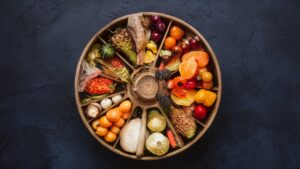 7 Incredible Benefits of Drying Foods for Preservation
7 Incredible Benefits of Drying Foods for Preservation

